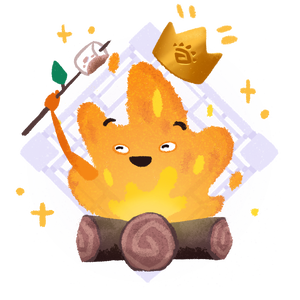



こそあど Demonstratives 1 (これ・それ・あれ・どれ)
elementary #6
~ 5 Minutes
Introduction
Okay everyone, say it with me: こ!そ!あ!ど!*chanting in the distance こ そ あ ど* Yes!!! One more time, こ!そ!あ!ど! That’s the spirit. What’s this we’re chanting? I’m glad you asked. Is it a word? No. A slogan? Nay. A fun bunch of kana to say? Well, I suppose it is! But no no, the answer to all of your questions, is…
Right here! No wait… Over there, no over there!
In English, we have all sorts of handy ways to talk about where things are. For example, this hamburger, that pizza, the ice cream over there. Hm, why am I so hungry all of a sudden…
You’ll be happy to know that the Japanese counterparts of these words are quite similar in meaning.
Japanese | English |
|---|---|
これ | This |
それ | That |
あれ | That (Over there) |
どれ | Which? |
Want to read more and save your progress? Login or Register now to continue!
Homework (Grammar SRS)
Completing this lesson will add these Grammar SRS items to your main Grammar Study List
